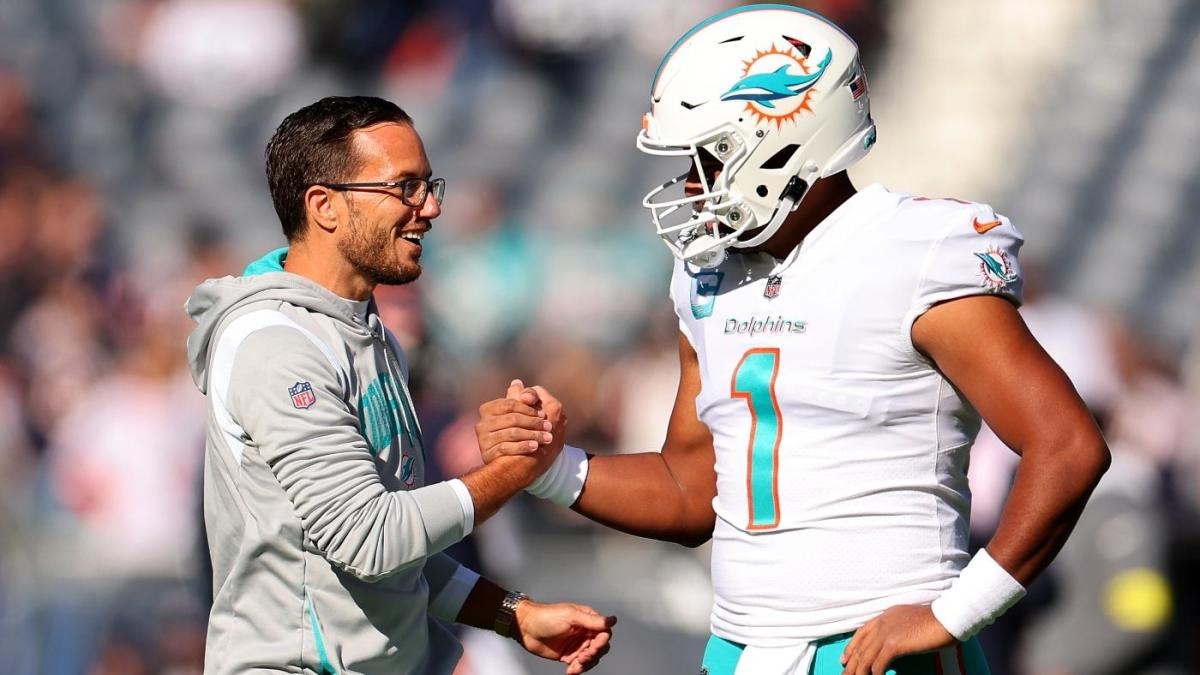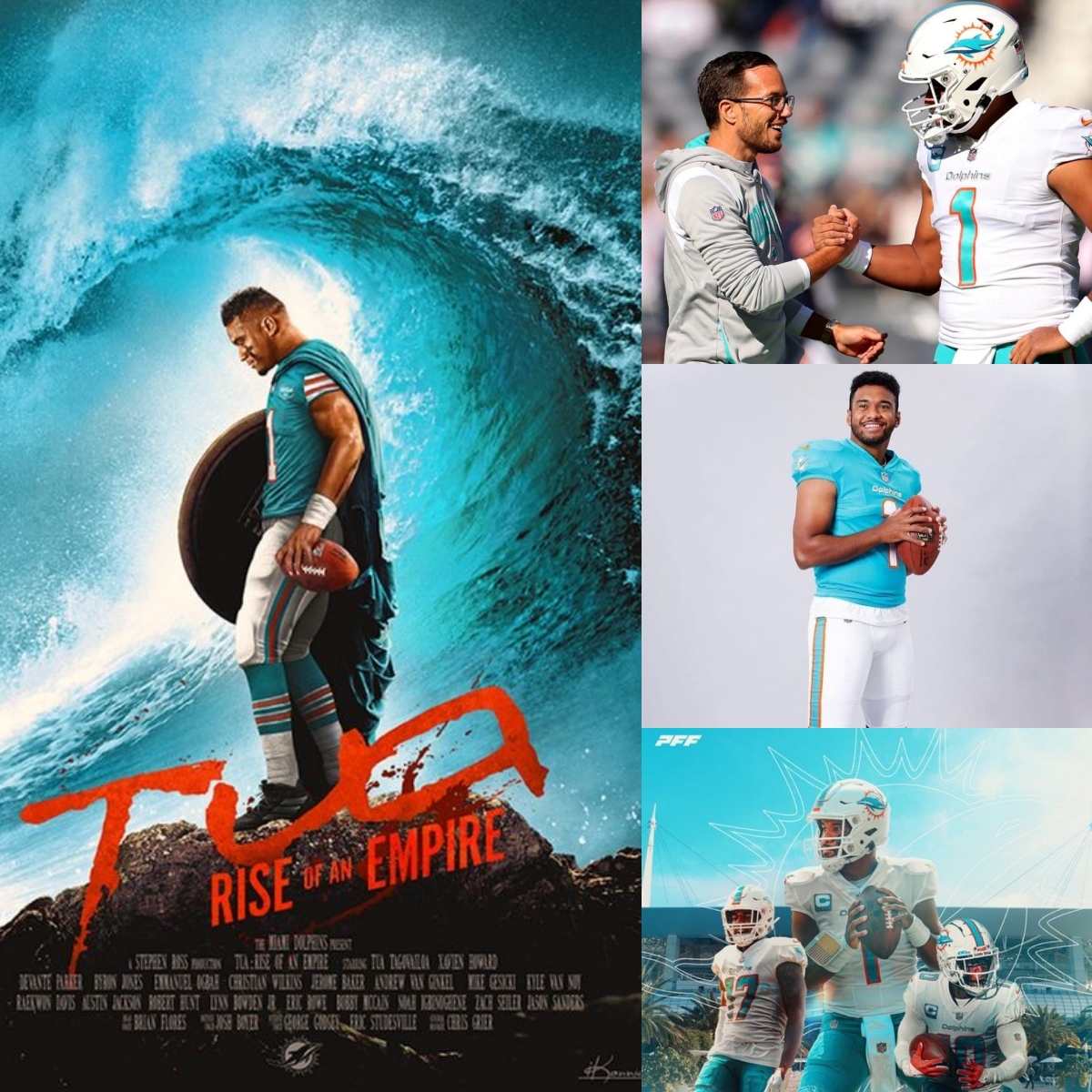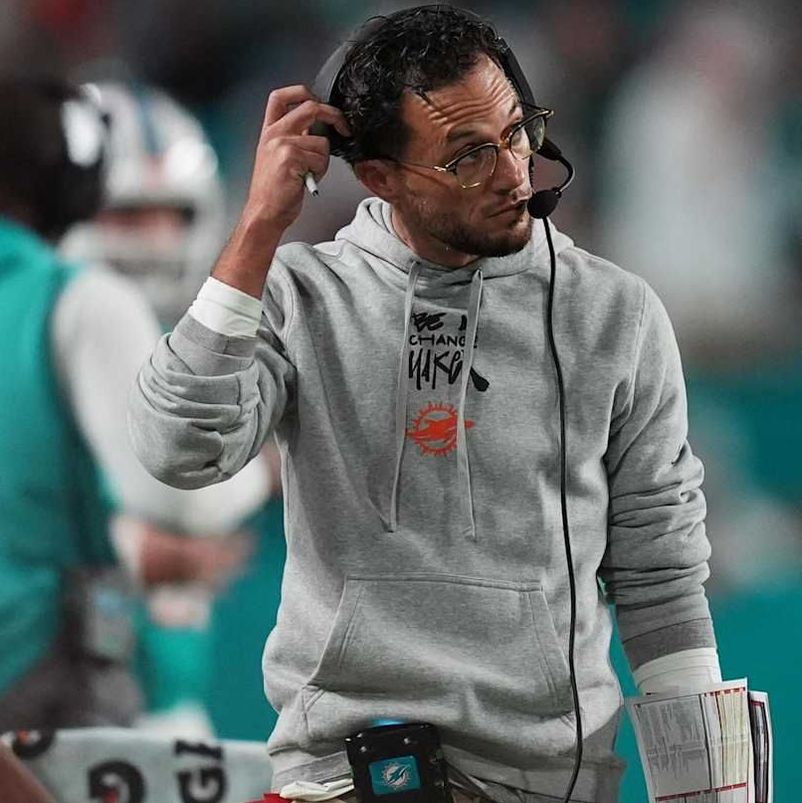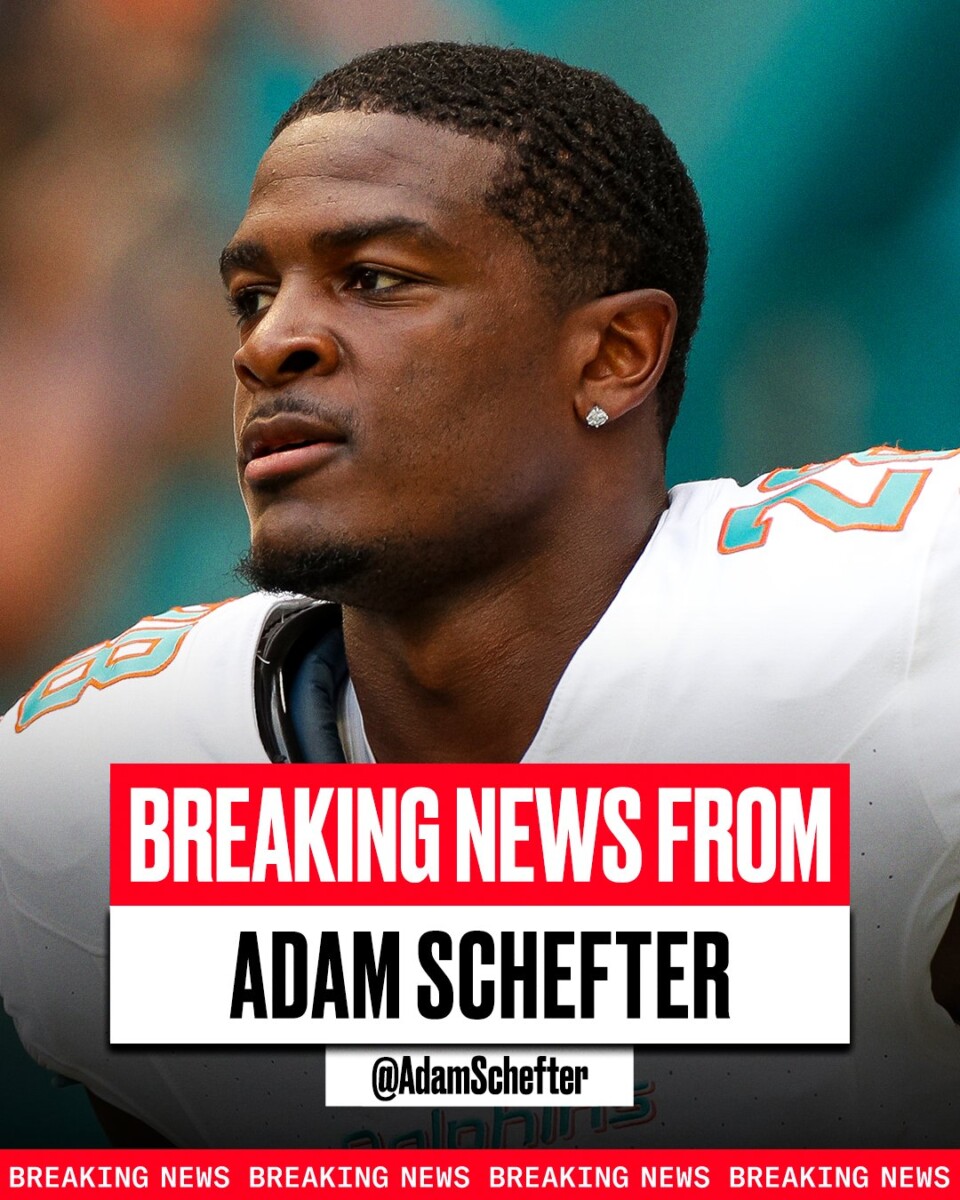Questions about how much of the load Tua will need to carry next year.

The consensus formula to winning in the NFL is building a stacked roster around a high-ceiling quarterback on their rookie contract. That’s your Super Bowl window.
When that quarterback’s time has come to cash in, teams take a step back. It hits every team every time. It’s inevitable.
While the roster is in flux, teams lean on their highly compensated quarterback to carry the load. Jason McCourty of Good Morning Football makes the same case for Tua Tagovailoa going into 2024:
"It's a different era for Tua… you're not gonna be surrounded with as much talent… you're gonna need those draft picks to hit."@JasonMcCourty on the Dolphins pic.twitter.com/aSEMuN9Gje
— Good Morning Football (@gmfb) March 13, 2024
Usually, I’d tend to agree with that notion. The quarterback gets paid, other impact players leave to make their money, and the quarterback has to bridge the gap left by them. Teams rarely make playoff runs on their quarterback’s first big contract.
The overwhelming majority of Super Bowl-winning teams in the last two decades have either had Tom Brady or Patrick Mahomes as their quarterback or had a stacked roster with a capable but not highly compensated quarterback. Brady also was notorious for taking pay cuts and restructuring to make the team around him better.
Patrick Mahomes may have been the highest-paid Super Bowl-winning quarterback in my lifetime, with a $37 million cap hit in 2023. He will win more rings with higher cap hits, but he’s an outlier to the rule. Still, neither he nor Brady had a cap hit percentage over 17% and won the Super Bowl. The closer top-tier quarterbacks get down to 15% of the team’s cap, the better the chances are of a deep playoff run.
The question now becomes what Tua Tagovailoa needs to do to bridge the gap left by the departures of Christian Wilkins, Robert Hunt, Xavien Howard, and Andrew Van Ginkel.
Is there a gap to bridge?
Chris Grier has been in the lab cooking up some low-key, big-time signings and hasn’t clocked out yet. There’s still a whole draft to go, and the Miami Dolphins gained two third-round compensatory picks in 2025 that could be used to move up in this draft. Grier still has some cards left to play with this roster build.
Did anything change on offense? The offense didn’t lose anyone of importance outside of Robert Hunt and maybe Connor Wiliams, but Williams won’t be back until the second half of the season if he has no setbacks. That’s not a loss, at least not in 2024.
The offense still has Tyreek Hill, Jaylen Waddle, Raheem Mostert, De’Von Achane, and Jonnu Smith at the skill positions. With the draft overran with offensive line talent, the offense could be even better than last year’s number-one-rated offense.
So now that I’m looking at it through the lens of what the Dolphins are, presently constructed. With Tua’s incoming $50+ million APY deal, what weight does Tua actually have to carry outside the pressure and expectations he’s been burdened with since his first start in 2020? It’s not much different than last year.
You could say that on day one, when Dolphins fans felt heartbroken by the losses of Wilkins, Hunt, Van Ginkel, and Baker, the expectations of Tua were going to be at the level of Atlas, vindicating the Dolphins giving him a huge deal. With the way Chris Grier has been wheeling and dealing in free agency, Tua does not need to do anything different in 2024 outside of delivering in key moments of big games.
Although the Dolphins were in a “CAPocalypse,” Chris Grier is building himself another top-tier roster that doesn’t lean heavily on Tua. Tua does not need to run around like Josh Allen or Lamar Jackson or do anything crazy like that. He needs to continue being him and continue steadily improving like he’s been doing.
He’s a young, top-ten NFL quarterback who elevates Mike McDaniel’s offense with his vision and anticipation. That in itself is more than enough to get the Dolphins to their ultimate goal, the Super Bowl.




